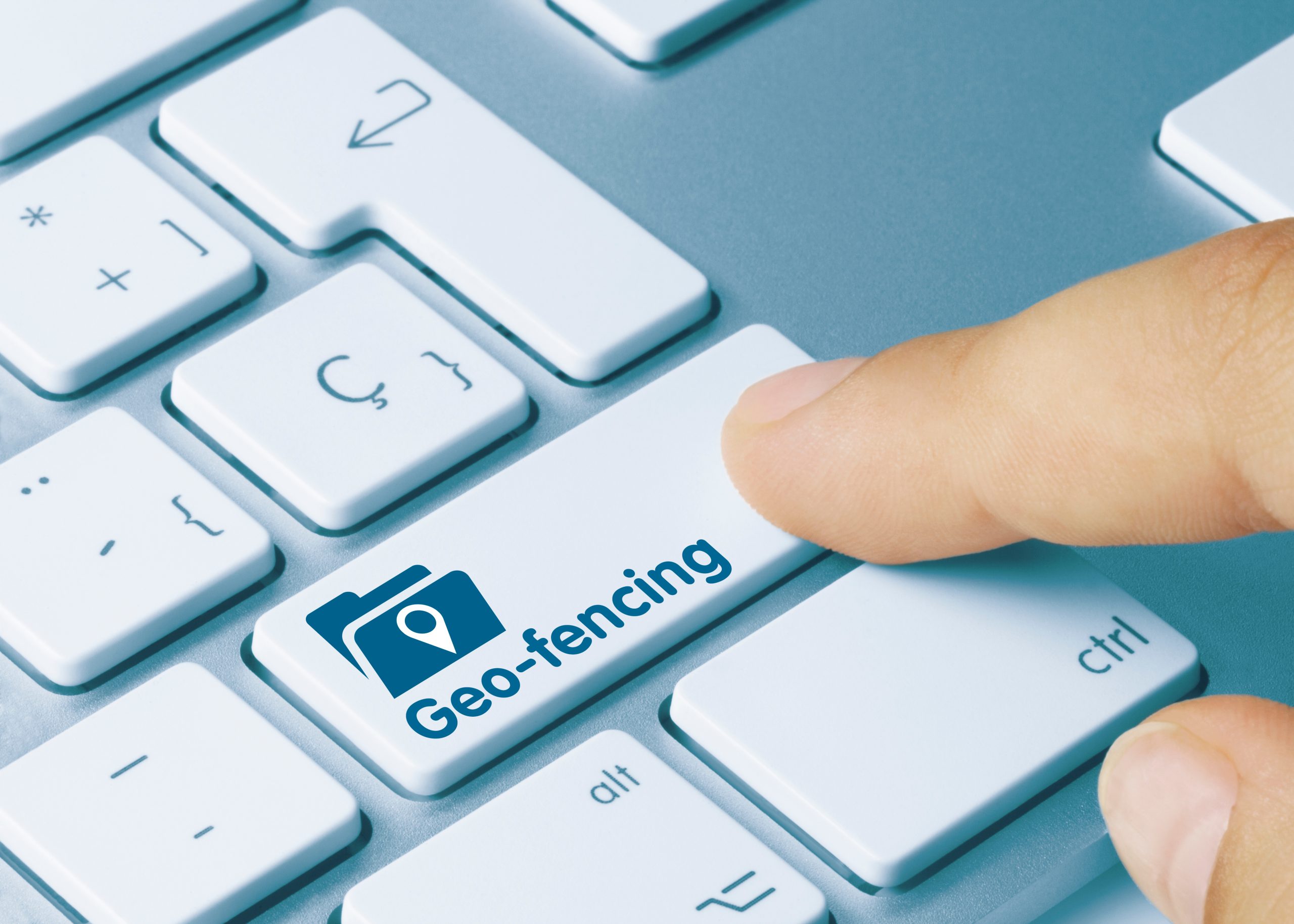Feb 23
2022
4 Ways Geofencing Can Benefit Healthcare

A geofence is a perimeter set virtually, using the global positioning system (GPS) or radio frequency identification (RFID) to create operational boundaries. The software will trigger a predetermined response when a device enters the given perimeter or leaves it.
This technology can be applied across many different industries to improve performance and customer service. If you’re using a top geofencing app, you won’t be limited to one geofenced perimeter at a time. The application will likely use detailed maps that allow precision in geofencing several areas at a time. This means you can use the software to monitor activities over a large extent, even if they’re divided into different operations sections.
While the uses of geofencing, in general, are widely discussed, its uses in the healthcare sector are seldom covered. This technology could revolutionize the sector.
Here are some of the ways geofencing can benefit the healthcare industry:
- It Helps Monitor Time Theft At Public And Private Hospitals
Many establishments, healthcare facilities included, lose between millions to billions of dollars to a system called buddy punching. This system is when a work colleague clocks in on behalf of an absent colleague. Though records show that all staff members were present at work, the establishments still remained understaffed.
A key difference between the healthcare sector and other industries is that it’s not merely money that stands to be lost due to this practice. If left unchecked, both lives and money that’s needed for improvements will continue to be lost.
Geofencing can help put the practice to an end when you tie a device to an employee. It will only clock in when employees enter a geofenced perimeter and clock out when they leave. That way, employees won’t be able to add any work hours to their wage bill that they didn’t spend on work-related activities.
In the same vein, the technology will help you remunerate your workers more accurately, as you can easily track their work hours.
- It Secures Patient Data On Work-Specific Devices
Especially in the health sector, you’re most likely dealing with highly sensitive data. If the data end up in unauthorized hands, the results can be catastrophic.
Despite the obvious damage to client trust, loss of data will lead to loss of money. Each lost record can cost up to USD$400, depending on where you are in the world. And with about 90% of health facilities suffering from significant data breaches, this can easily add up to losses ranging in the millions of dollars each year.
That’s a lot of money, but you can prevent these damages by using geofencing software to protect your data. The software will be installed on all devices holding sensitive data. It’ll help if sensitive data storage is confined to specific devices for easier monitoring.
Your software can also take care of other advanced tasks, such as disabling functions of workers’ devices that might compromise your data security. So, you may disable cameras, USBs, Wi-Fi, and Bluetooth in extra sensitive locations.
As soon as the device leaves the facility, the software automatically locks access to all sensitive data. It even bars access to the entire device if it’s not used for other personal uses outside of work or if the device is accidentally brought out of work premises.
- It’s Used To Train And Protect Health Professionals
Human memory can be unreliable. It’s easy for someone to forget that simple instruction to wash their hands, wear a mask, sterilize, or take other health precautions. A geofencing application will be triggered to show instructions or even short videos instructing workers to conduct certain tasks safely. The trigger operates locationally. As soon as they enter the area, they will most likely need any reminders and instructions the software will provide them.
You might even use this feature to help with your onboarding process when you bring your staff in to train and remind them of key protocols. Moreover, you might add your workers’ home addresses to the training material if need be. But keep all other data unavailable when a person exits the facility.
- It Controls Expenses
Ambulance drivers and drivers who transport hospital supplies from one location to the other can lose their way when trying to reach their assigned destination. This will waste a lot of time and fuel and increase expenses.
For instance, software like Route4Me can help drivers plan the best route to their destination to avoid losing precious time over traffic or because of taking the wrong turn.As a result, it saves the health industry from a lot of unnecessary expenses.
Conclusion
Technology is crucial in improving the way the health sector delivers its services. Geofencing is one such technology that can help health facilities deal with challenges in the long term.